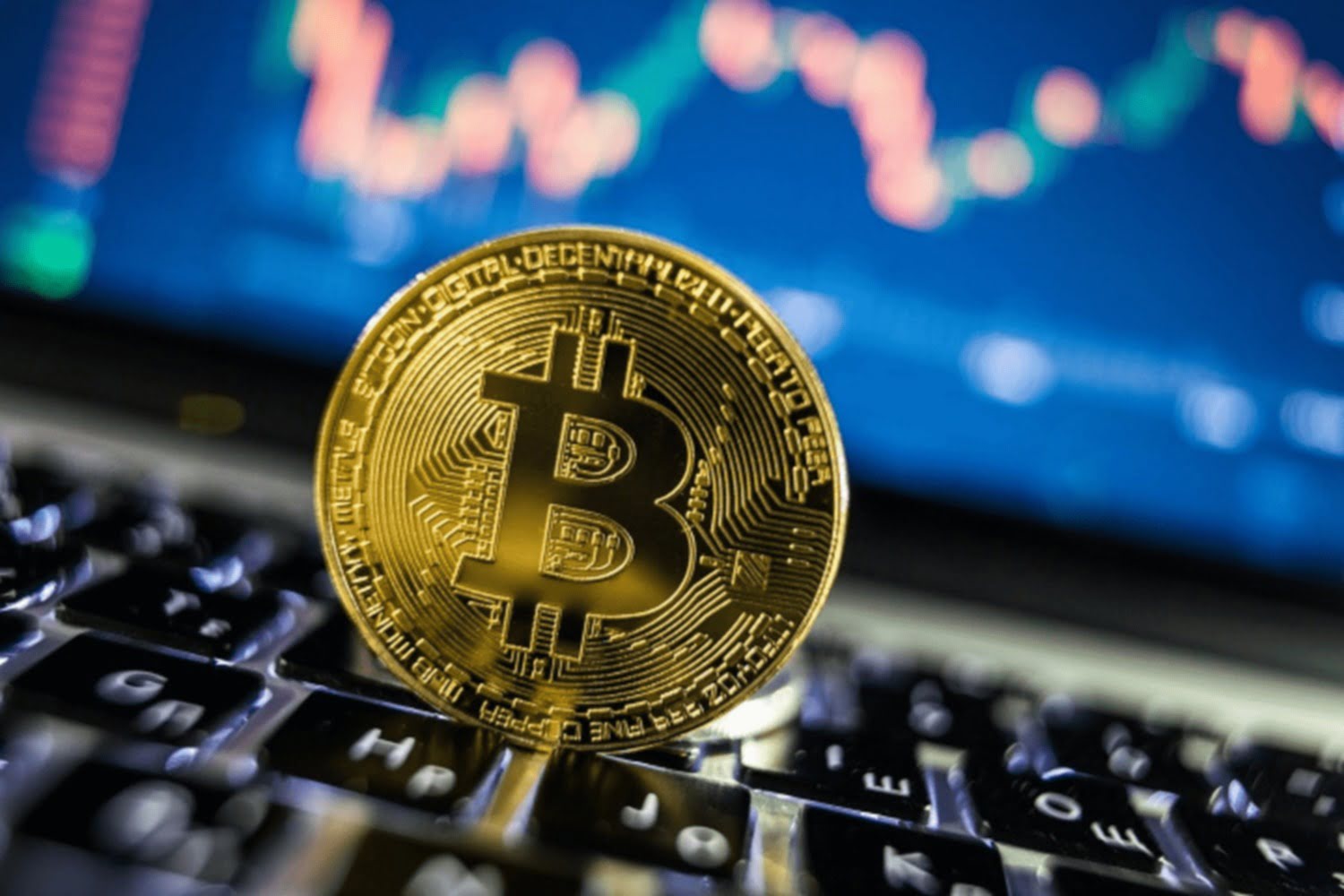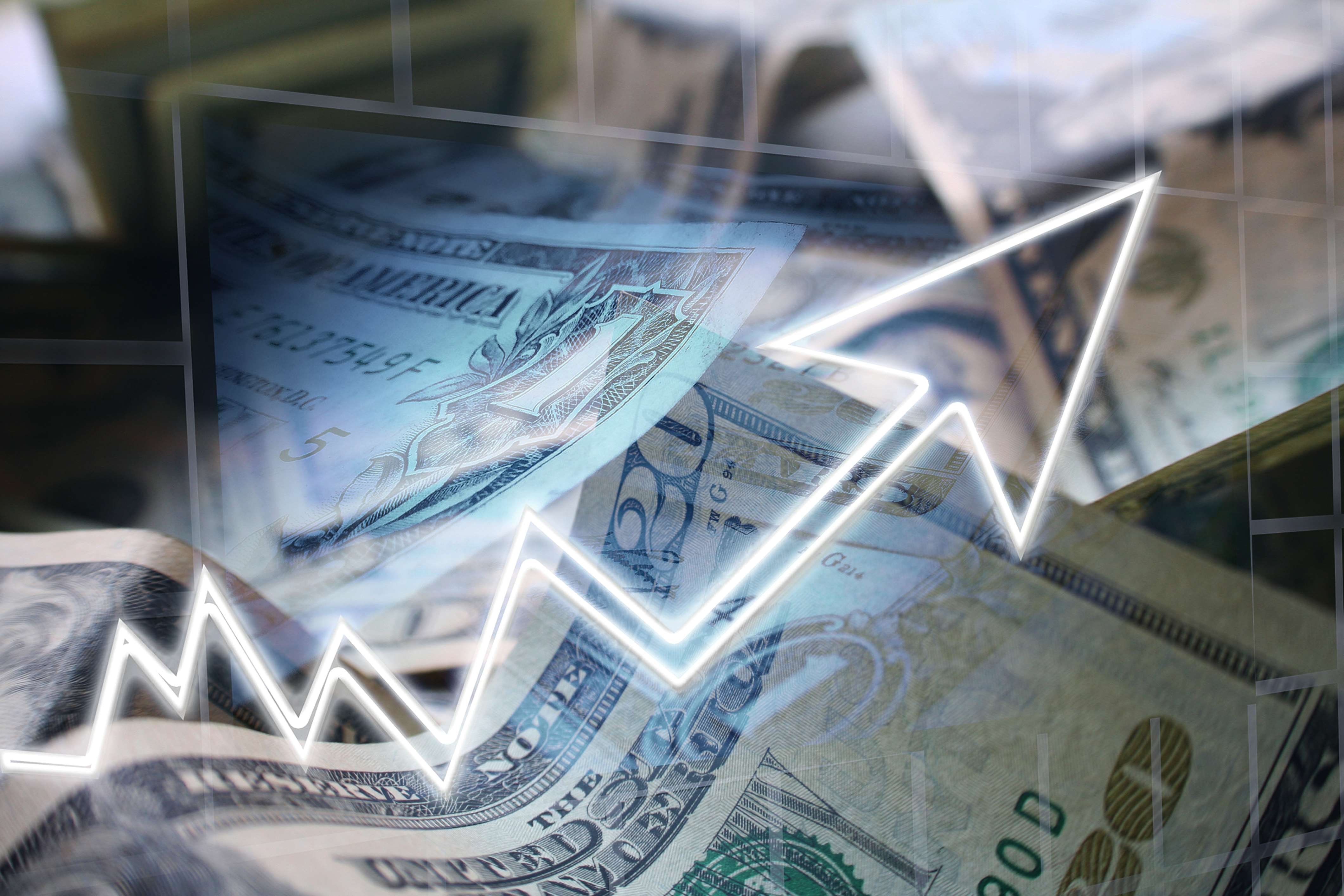Volatility Definition & Meaning
Content
These consumers are willing to risk price fluctuations because of cost savings and their ability to switch to other fuels if necessary. It is an especially important area of consideration for day traders, who work with price changes that occur by second and by minute rather than over a longer period of time. If there is no volatility, day traders would be unlikely to make a profit.
A higher volatility means that a security’s value can potentially be spread out over a larger range of values. This means that the price of the security can change dramatically over a short time period in either direction. A lower volatility means that a security’s value does not fluctuate dramatically, and tends to be more steady.
Volatility (finance)
The proper use of VUCA is to apply it to a situation to help quantify risks and create mitigation strategies. Use the VUCA method to go through what is known and not known about a situation or plan. This helps create better understanding of the situation and what the vulnerabilities and risks are. Using VUCA can help leaders manage the ever-changing modern business landscape. Complexity involves a multiplicity of issues and factors, some of which may be intricately interconnected. The relationships between items and people are difficult to understand.
- Second, volatility tends to be correlated with the level of natural gas in underground storage.
- Standard deviation tends to be the most common measure of realised volatility, though there are other methods used to calculate this metric.
- Another considers the regular sequence of directional-changes as the proxy for the instantaneous volatility.
- Thus, the exercise price is a term used in the derivative market.
- It consists of 2 bands or lines which are 2 standard deviations above and below the 20-day moving average.
- Whether such large movements have the same direction, or the opposite, is more difficult to say.
This is because there is an increasing probability that the instrument’s price will be farther away from the initial price as time increases. Actual current volatility of a financial instrument for a specified period , based on historical prices over the specified period with the last observation the most recent price. Thus, one may https://xcritical.com/ ask whether the short-run volatility of stock prices in developing countries actually matters for funded pension accounts. One way to measure an asset’s variation is to quantify the daily returns of the asset. Historical volatility is based on historical prices and represents the degree of variability in the returns of an asset.
17.3 The Case of Digital Options
Therefore, high levels of volatility reflect extraordinary characteristics of supply and/or demand. Finally, any investor should invest in a level of market volatility that they are comfortable with. Financial advisors should provide options that match expected returns per unit of risk.

ABC Corp. has a beta coefficient of .78, which makes it slightly less volatile than the S&P 500 index.
How to Calculate Volatility
This can trickle down to position sizes with investors likely to trade more volatile assets with smaller lot sizes. Volatile assets can also skew the performance of an overall portfolio, and this may prompt investors to rebalance to achieve stability. The term implied volatility describes the estimated volatility of an asset and it is a common feature of options trading. Implied volatility reflects how the marketplace views where volatility should be in the future, but it does not forecast the direction that the asset’s price will move. Generally, an asset’s implied volatility rises in a bear market because most investors predict that its price will continue to drop over time.
Because it is implied, traders cannot use past performance as an indicator of future performance. Instead, they have to estimate the potential of the option in the market. In this case, the values of $1 to $10 are not randomly distributed on a bell curve; rather. Therefore, the expected 68%–95%º–99.7% percentages do not hold.
Be a volatility whisperer
The value of shares and ETFs bought through a share dealing account can fall as well as rise, which could mean getting back less than you originally put in. The products and services listed on this website are not available to US residents. crypto volatility The products and services listed on this website are not available in this location. Many factors contribute to volatility, including undesirable political developments, unfavorable monetary policies, market sentiments, etc.

You also may want to rebalance if you see a deviation of greater than 20% in an asset class. “Particularly in stocks that have been strong over the past few years, periods of volatility actually give us a chance to purchase these stocks at discounted prices,” Garcia says. Investing is a long-haul game, and a well-balanced, diversified portfolio was actually built with periods like this in mind.
What is volatility?
Shares of ablue-chip company may not make very big price swings, while shares of a high-flying tech stock may do so often. That blue-chip stock is considered to have low volatility, while the tech stock has high volatility. An individual stock can also become more volatile around key events like quarterly earnings reports.
Learn first. Trade CFDs with virtual money.
Options investors may lose the entire amount of their investment in a relatively short period of time. The most commonly traded options are in fact near-term, between 30 and 90 calendar days until expiration. So here’s a quick and dirty formula you can use to calculate a one standard deviation move over the lifespan of your option contract — no matter the time frame. But for now, let’s stay focused on the implied volatility of the at-the-money option contract for the expiration month you’re planning to trade. Because it’s typically the most heavily traded contract, the at-the-money option will be the primary reflection of what the marketplace expects the underlying stock to do in the future.
